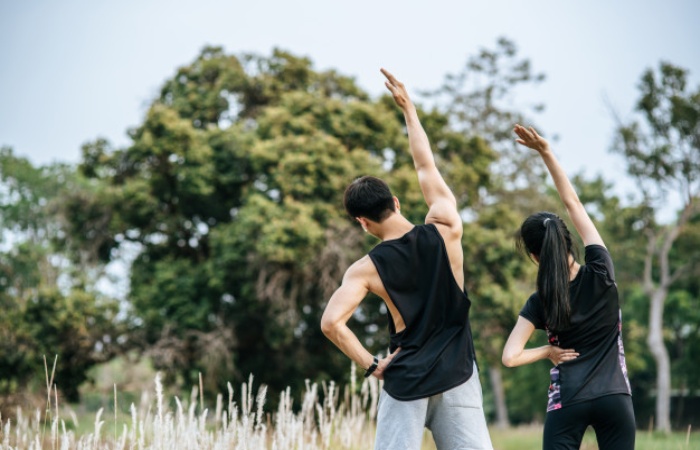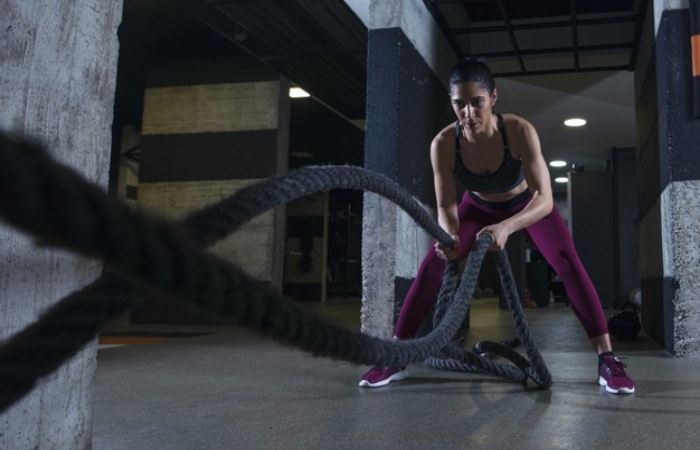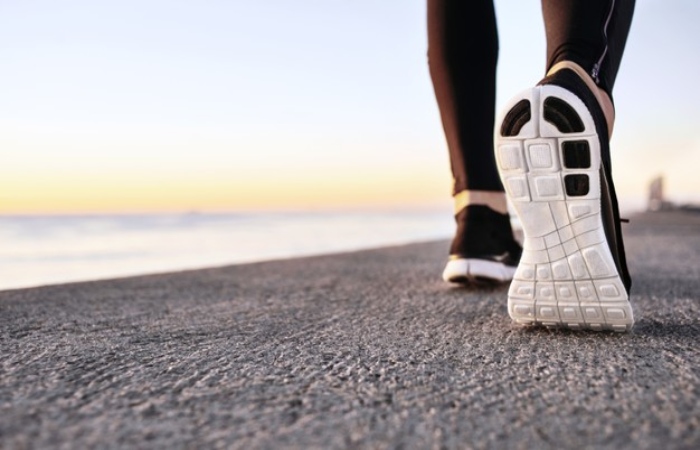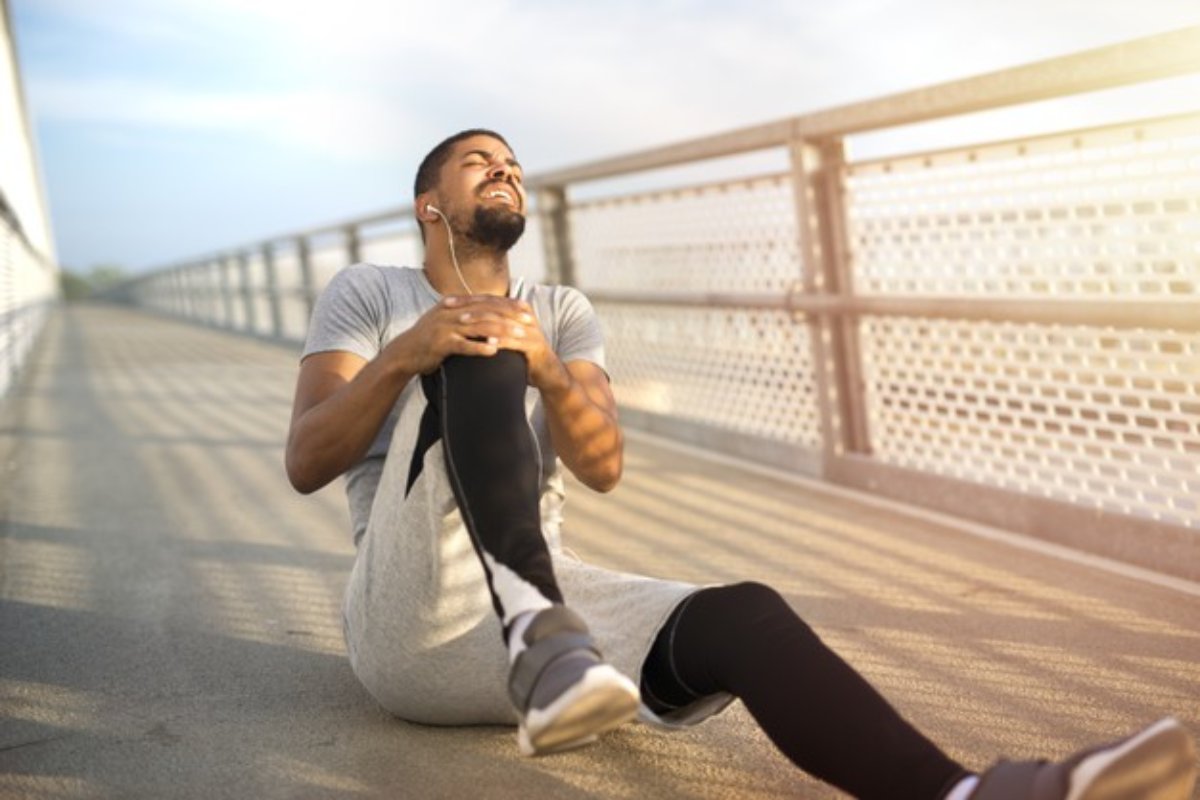Exercise is important to a healthy lifestyle and has many benefits in every way. But it is important to do it correctly. Otherwise, injuries may appear, in some cases serious. Therefore, we must consider certain measures to prevent them and make the most of our efforts.
Depending on the sport, various injuries may be more recurrent, although globally, they are of two types: acute and chronic. The former is the result of an injury to a muscle, tendon, or bone due to a fall, impact, or extreme excessive force. The most common acute injuries include sprains, strains, torn ligaments, or fractures.
On the other hand, chronic injuries arise from a negative effect repeated over time, and the causes may be different, such as inadequate training, use of inadequate materials, or previous conditions. An example of this is, among others, the various types of tendonitis or plantar fasciitis. However, there are rules to follow to minimize the risk of sports injuries. These are the most important keys.
Table of Contents
Perform A Correct And Complete Warm-Up

Before starting the sport itself, we must do a good warm-up that prepares the muscles and joints. In this training stage, we activate blood circulation, slightly increase our heart rate, and warm up various muscle groups to avoid possible injury.
The warm-up consists of exercises to mobilize the joints of the shoulders, arms, wrists, legs and ankles, and 10 minutes of light cardiovascular activity. This will reduce the risk of muscle strain, contracture, or strain.
Establish A Progressive And Constant Plan
Beginning too fast or trying to make up for days off with a busy training day is the cause of many injuries. If we are going to start exercising, we must gradually do it, starting with moderate activity and increasing the time and intensity.
Exercising for 30 minutes a day and then gradually working your way up is much more beneficial than trying to focus your exercises for a day, as excessive physical activity or sudden changes in pace can lead to muscle contractures, cramps, or strains.
Combine Different Workouts

To avoid overuse injuries, it is advisable to balance efforts and not fall on a single muscle group. Therefore, it is very useful to combine different types of exercise, both cardiovascular and strength. In this way. In addition, we will strengthen all the muscles so that the joints are more stable.
A good way to do this is to cross-training, which consists of different sports throughout the week. We can combine, for example, running or walking with cycling or swimming, or complement them with various fitness exercises. In this way, we can work the muscle groups more thoroughly and add variety to the training, thus increasing motivation.
Stretch At The End
The last step of your training should always include a stretching cycle. During exercise, the muscles tense, and it is important to stretch them to return to a relaxed state. These exercises are essential to avoid injury, improve muscle tone and prevent back pain.
Stretches should always be done, taking care of the posture, with slow, controlled movements and without rebound, in which we notice how the muscles relax gently. On the other hand, these exercises should not be performed for muscle injuries, inflammation, or acute pain.
Use The Right Equipment

Inappropriate footwear or lack of protection depending on the sport can lead to various problems, from fractures from falls or sprains to chronic injuries such as tendonitis. For the foot, at times we need special shoe insoles for comfort, but also a shoe that provides good traction, a bit of cushioning and sits well on the ground to prevent slipping.
If there have been problems or ailments in the past, joint protection may be required, so it is important to consult a podiatrist, sports doctor, or physical therapist to advise the best equipment to use.
Carry Out A Biomechanical Training Of The Footprint
Foot and gait studies are a set of tests designed to analyze movement. Many chronic diseases are associated with a bad footprint, such as plantar fasciitis, so this test is convenient if we regularly exercise.

The biomechanical examination of trajectory and gait has a twofold approach. For preventive purposes, it serves to improve performance and prevent possible injury. It also aims to detect asymmetries or changes in the foot and offers corrective elements that improve the footprint. Such as sports insoles.
Final Word
It recommends that we select the sport that best suits our physical conditions and master the proper technique. Since repetition of inappropriate postures or overexertion is one of the most common causes of injury. If we follow these strategies, we can enjoy a complete and healthy exercise with short and long-term results.






